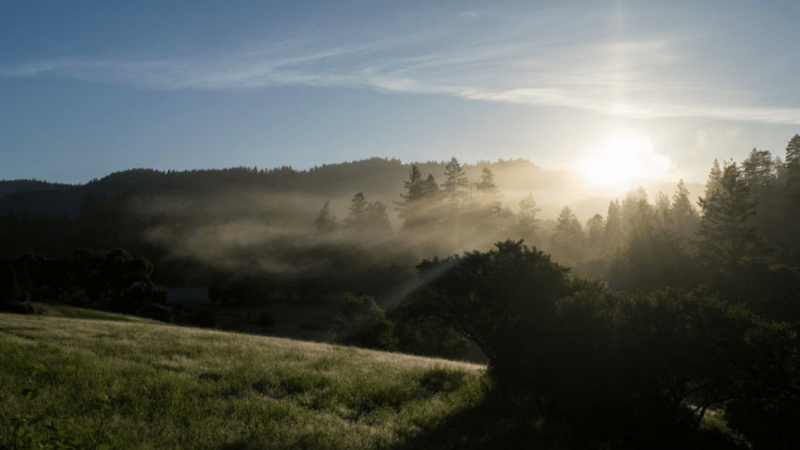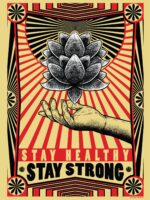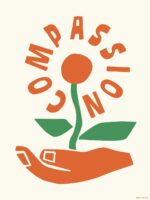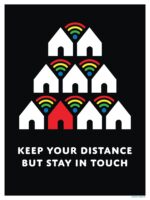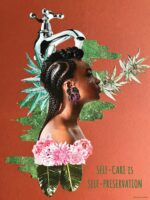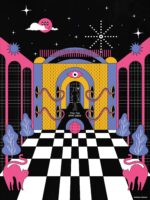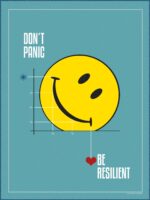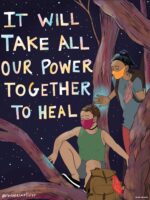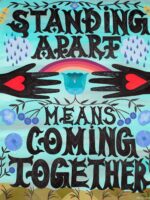How To Find Peace Of MindHow To Find Peace Of Mind
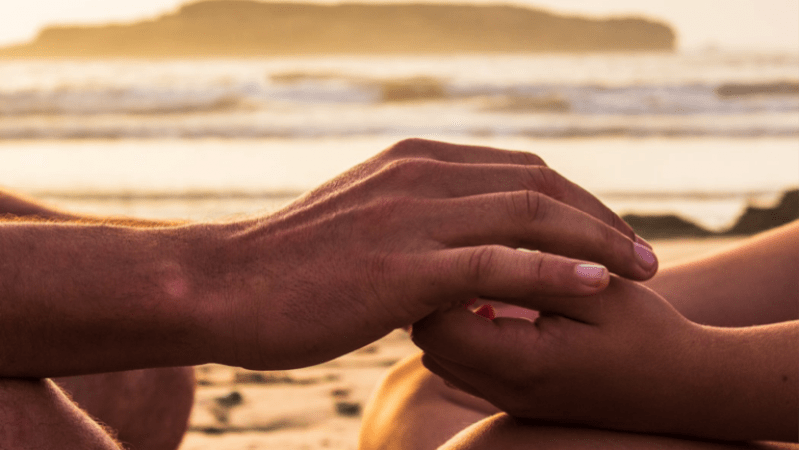
Peace of mind and harmony – one of the prerequisites for finding a complete and happy life. We feel more confident and full when we are in a state of inner peace! This is the state when we are balanced, attentive, and conscious. Being in critical situations or circumstances that are not comfortable for us, peace begins to leave us. But having resumed classes that help to find inner silence, life is gradually improving again. Many people pass through this circle. From this, we can conclude: “If you do not have time for rest, it means that it is necessary for you.”
What is peace of mind, and why do we need it?
Peace of mind is a state of harmony with oneself and with the whole world. But above all, the order is a balance. If we compare the soul with a musical instrument, then the inner calm state is when the strings of the soul sound harmoniously and naturally. The sound is beautiful and pleasant for everyone! But when we are tense and fussy, the music will be strained, unnatural, and unpleasant.
Staying in the peace of mind, we are full of energy and in a good mood! We efficiently manage to resist the illnesses and bad attitude of others, and we are better at doing any work. We become more creative; we analyze better and solve problems faster. When peace of mind leaves us, and we get out of balance, the energy drops, we attract depression and illness. During the internal stress, we do not get much as we would like, and we make more mistakes.
Every time as soon as we get angry, fussing in vain, or fall into depression, etc., we seem to spill precious energy from our vessel of the soul. This energy is challenging to replenish! Think twice before the next time, indiscreetly, get out of yourself, start to get nervous, angry, think negatively, think, speak, and fuss about it in vain.
Peace of mind is a natural state for a person; that is why it is so necessary and desirable for us! When it disappears, we begin to experience discomfort and uncertainty. On the subconscious mind, we want to return to this state. There is a desire to “be yourself” or take a walk in the park to restore spiritual harmony.
The inner peace of mind is confused by many with lethargy, laziness, or apathy. But it is not so! You can make an active external activity while maintaining inner peace. An event even, as a rule, turns out to be an order of magnitude better when you are in a state of inner calm. This is the state in which you are collected, aware, and attentive.
Only within yourself can one find peace and confidence. There is no peace and stability in the world around us, and everything around is in a state of constant changeability. How can we cope with the unpredictability of life? Only by accepting it! Tell yourself: “I am ready for all surprises and meet them with calm clarity.” Make a decision: “Whatever happens, I can do it in the best way possible.” What is happening around is not so important, what is happening inside is essential! The ship does not sink when it is in water, and it drops when water is in it. Whatever the fuss and chaos you are in, it is much more critical to maintain inner peace of mind. You lose if you lose your awareness, tense, angry, or hurt. What matters is not the circumstances, but how we react to them!
How to keep the mind in peace under any circumstances?
• Adoption. Take everything as it is; it will give you ease. Learn to accept people and circumstances as they are, without the desire to adjust to their standards and wishes. Also, learn to accept and love yourself as you are, with all the mistakes and shortcomings!
• Attention. Remove the focus of attention from the stimulus and focus it on yourself, on your inner world, on the sensations in the body. Abstracted from external factors and irritants.
• Deep relaxation. Remove anxiety, haste, anger, resentment, etc. If there is tension in the body, remove it. Be inner relaxed!
• Breath. Watch your breath; breath evenly and calmly, with a full chest. Exhalation should not be shorter in the duration of inhalation. Take a deep breath and exhale. Keep breathing evenly and measured.
• Awareness. Be as conscious and collected as possible.
• Think positive. Stop creating negative thoughts, and if such people have still made their way into the consciousness, then watch them, watch how they leave you and dissolve, like waves from a stone thrown into the lake. Try to think well of others, about yourself, about life.
• Respect. Respect yourself and others.
• Confidence. Be confident in yourself. Encourage yourself; tell yourself, “I will succeed.”
• Naturalness. Try to be natural, relaxed, and liberated.
• Smile. Smile often. Smile always looking in the mirror, communicating with other people. Smile from the heart and be in a joyful mood. Treat everything with humor!
Be, without unnecessary thoughts. Be present in the current moment. Be a bystander. Watch the events taking place removed; track the causes of events, without feelings. Just be.
If you want to protect yourself from all adversity, you have chosen the wrong planet. Here we are always faced with situations pushing us out of the comfort zone and unbalancing. We must always be prepared for this challenge. There is always lesson to extract, a positive experience, and an opportunity to move on!
About the author
Melisa Marzett is a content writer who is currently working for http://www.essay-editor.net/ and enjoying life just the way it is. She lives in harmony and peace with herself and loves what she does for a living. She loves to move around, and she cannot stand still, traveling is something that excites her. Also, she is a healthy lifestyle and a gym enthusiast, so she makes it to where she can find a sports center to go to whatever place she visits.

